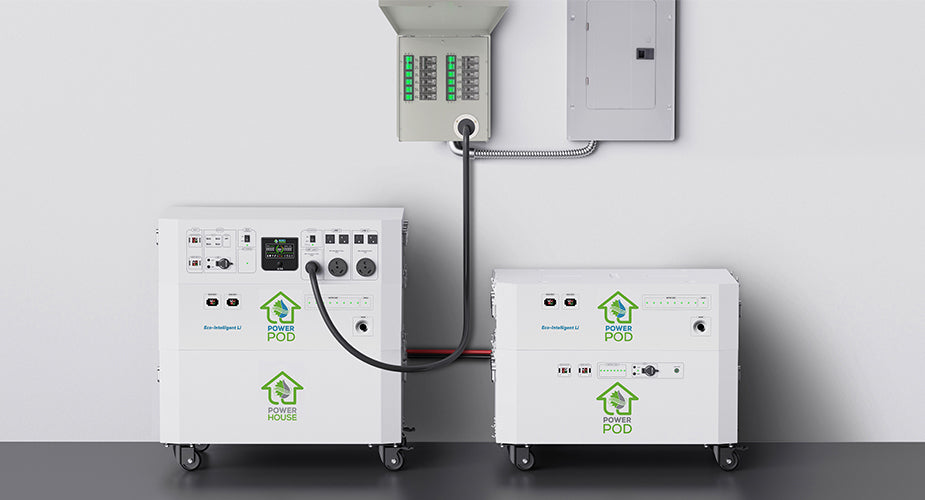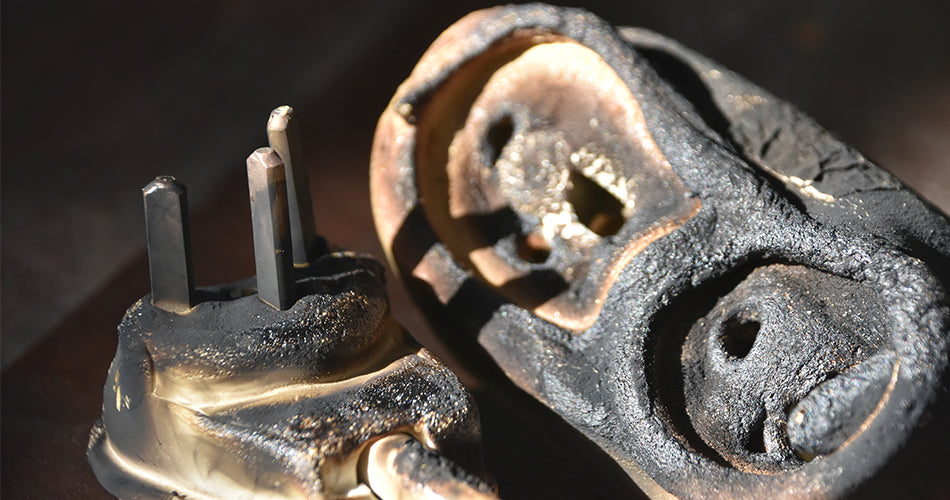Wind turbines are one of the first things to come to mind when thinking about renewable sources of energy alongside solar panels. Both utilize the power of the wind and sun, respectively. Its simple and sleek design is a familiar look you’ll see across wind farms.
In this article, we’ll focus on wind turbines from its history to its current state.
A Windy History: A brief look into its evolution
Humankind has been using wind energy for centuries. People have relied on wind to power ships as they sail the Nile River, irrigate farmlands, and pump water.
The first windmills are said to date back to 500 AD around Asia. They were mostly used for decorative purposes. Then, during the 12th century, Europeans began to develop mills to move water and work on grains. And, by the 14th century, the Dutch started using windmills to power projects such as draining the Rhine Delta. They have also become synonymous with wind turbines.
By the turn of the 19th century, people had begun to research and study the possibility of using wind as a possible source of electricity.
The first renewable energy was created by a Scottish engineer named James Blyth. A professor at Anderson’s College in 1887. He worked on setting up a number of wind sales in his back garden to turn on the lights of his cottage. He used accumulators created by a Frenchman named Camille Faure.
By the 20th century, the US government had started to research more on other sustainable sources of energy because of the fuel crisis in the 70s. A decade later, the government has started promoting the use of clean energy sources.
In 2022, wind turbines comprised 10.3% of the total U.S. utility-scale electricity generation. This was a huge growth. In 2000, the energy produced through wind energy was only 6 billion kWh compared to 434 billion in 2022.
According to the Clean Power Annual Market Report in 2022, more than 70,000 wind turbines across the country. On average, at least 3,000 turbines per year have been installed in the country since 2005.
How Much Energy Does a Wind Turbine Produce?
That depends on the size of a wind turbine. For the bigger ones, those are typically used in wind farms. And, a wind turbine, on such a farm, is said to have produced enough electricity to power an average home in the U.S. for a month in just 46 minutes in 2020.
Additionally, according to the Energy Information Administration (EIA), 9.2% of the electricity in the United States will have been generated by wind farms in 2021.
For residential usage, there are smaller wind turbines that can be used for generators that rely on renewable sources such as the Nature’s Generator’s Powerhouse which has a 7200W rated power with a 4800Wh capacity. Alongside solar panels, this kind of generator can also gather power through wind turbines.
They can either be horizontal axis turbines or vertical axis turbines. Modern-day blades are made out of fiberglass nylon composite with a body made out of aluminum alloy. And, they can go anywhere from 4ft to 50 ft.
And, they can either be a standalone tower or installed at a residence’s rooftop. Residential turbines can range between 400 watts to 100 kilowatts of produced energy.
How Much Wind Turbine Are You Going to Need?
The answer is — it depends.
You need to check the following things to get an idea of just how much wind turbine you’re going to require:
Be sure to check in with your local experts to help you with any of your wind turbine concerns. You may also reach us for any questions you may have.
Pros and Cons of Residential Wind Turbines
Installing your own residential wind turbine system can be quite costly. It can take years before you gain your ROI. But you can lower your electric bills by at least 50% to 90%. You may also want to check with your local policies or federal laws to see if you’re eligible for any tax credit as you’ve installed this clean energy system.
Other pros include having a renewable and eco-friendly source of energy. You’re able to enjoy the luxuries of life while not being dependent on harmful resources such as coal and oil. Not to mention the fact that you don’t have to worry about any power interruption since you have a reliable source of energy other than the grid.
Wind energy is intermittent and inconsistent, meaning that the turbine may not generate electricity consistently throughout the day or year. Wind speed variations can significantly affect the turbine's output. This variability may not align with household energy demand patterns, requiring backup energy sources or storage systems, which can add to the overall cost.
In Summary
The power from wind turbine is a testament to how technology has evolved. It also shows that a design can be simple and remain unchanged throughout the years because why change something that is working efficiently and effectively. After all, some designs are timeless and effective so there’s no need to change.
Wind turbines are available in various sizes and can be used domestically. Residential usage is a huge investment but their financial benefit will come in time.
* We want to give credit where credit is due. Professional writer, Cris Ilao, contributed research and content to this blog titled: How Much Electricity Does a Wind Turbine Produce Thank you, Cris, for your contributions!





